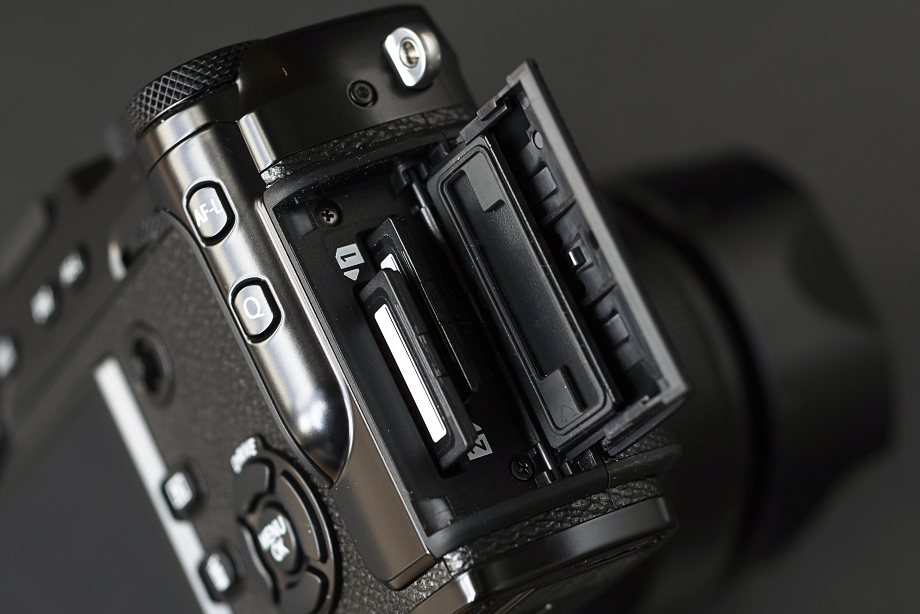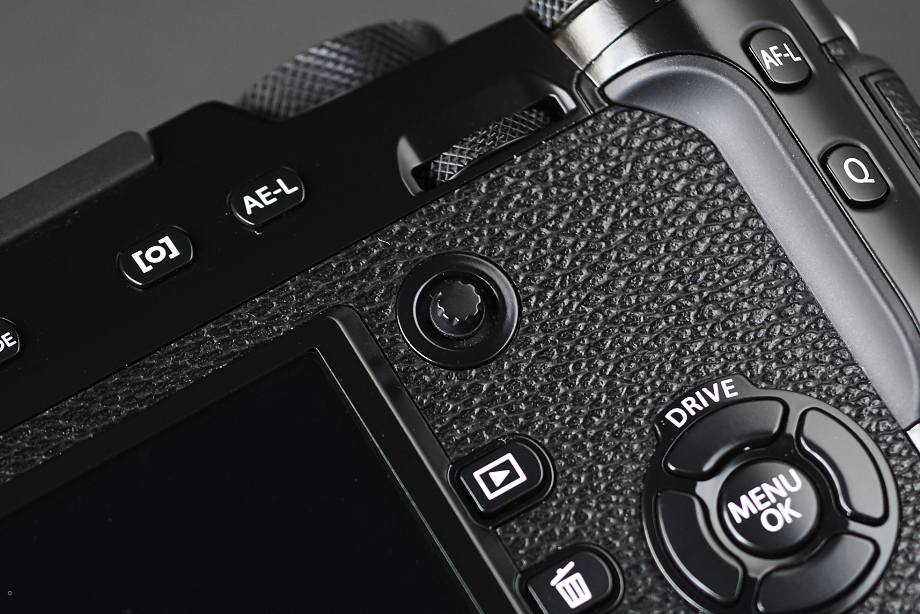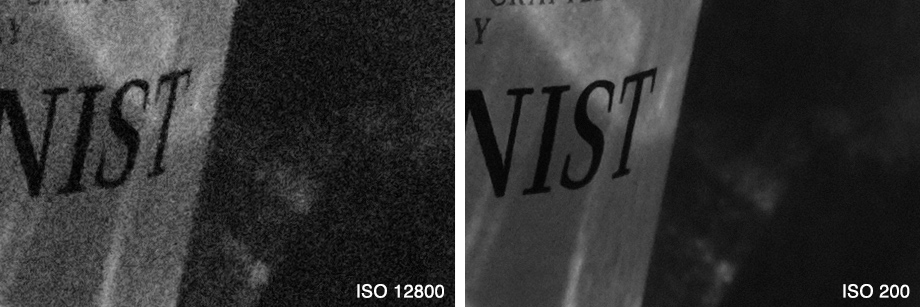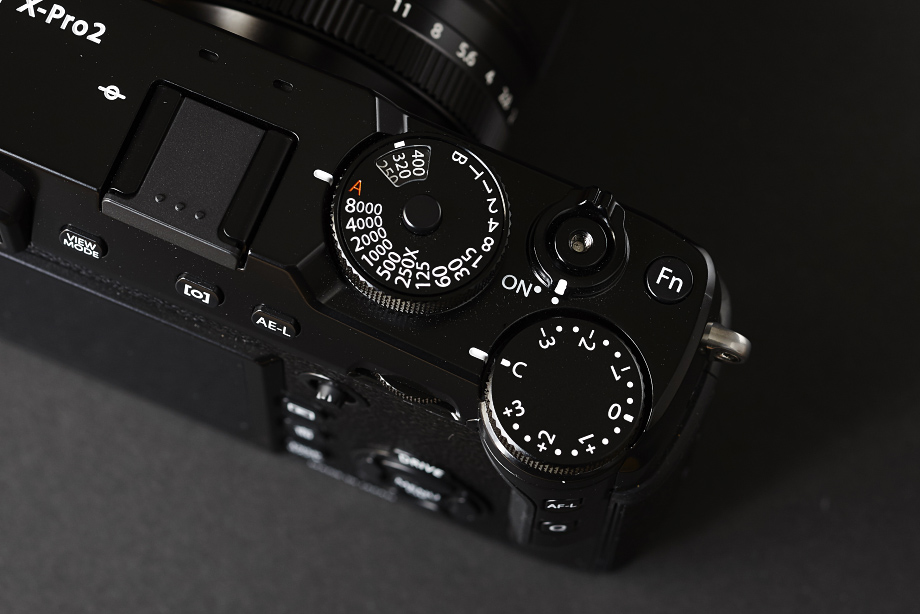PHOTO YODOBASHI
YODOBASHI CAMERA ONLINE PHOTO MAGAZINE

FUJIFILM X-Pro2 / SHOOTING REPORT
The X-Pro2 has been rumored before its release and we had been waiting and waiting for it to come out. So, I’m glad that I had a chance to test it. Just by touching it, I realized that it hadn’t changed. Of course, I mean in a positive sense. To a X-Pro2 user, if feels so natural and I was ready to shoot right away. In addition, it has matured enough to convince the users who had been waiting for it for several years.
( Photography & Text : A.Inden )

Image quality beyond the number of pixels
The number of pixels has increased dramatically from 16.3 to 24.3 megapixels. As you know, increasing number of pixels results in smaller pixel size which can increase noise and lower image quality. So, the balance of number of pixels and image quality, or the combination of sensor and image processor is crucial for camera design. In fact, the X-Pro2 featuring new X-Trans CMOS III sensor and the X Processor Pro delivers images with higher tonal gradation. Personally, I even fell they also have something beyond them. Something like "beauty." And, maybe it’s a manifestation of Fujifilm’s confidence and aesthetics in imaging as a film manufacturer.

It delicately rendered the straight design of the building and floor tiles. When I magnified this image, I feel they look more minute than what I expected from the number of pixels. The rich tonal gradation between highlight and shadow is wonderful, too.

The direct sun shines evenly on the subjects. In this situation, it’s hard to get 3D feeling. But, the texture of the sands look so realistic that I can almost count them!

Point of maturation 1: Dual card slotd
This is the function that I wanted most. Because it can write the same data to two cards at the same time, I feel so secure. I hear this is the first mirrorless camera featuring this function. I guess this is one of the reasons why many professionals around the world are interested in this camera. And, the body size hasn’t changed. Bravo!
Easy focusing with user-defined style
The "Advanced Hybrid Multi-Viewfinder" lets you instantly switch between OVF and EVF with a lever. Although it was a quite playful function since the predecessor, I had relied on the rear LCD back then. The X-Pro2, on the other hand, features a 2,360,000-dot EVF (whereas the predecessor had 1,440,000 dots), a diopter adjustment dial, electronic rangefinder (ERF), and easier operation for moving focus area. In other words, it’s literally "advanced" and I could focus and compose smoothly only with the viewfinder, and I even feel as if I were using two types of cameras featuring an OVF and an EVF.

I focused on the paper towel on the table. The car reflected in the window is neither overly defocused nor insisting. And, I could check this balance with the EVF carefully. I could take this shot as I wanted because I could see the subjects clearly in the EVF even though it was dark.

Using the film simulation "ACROS." The darkening shadow tone is utterly beautiful. I could explore the most beautiful exposure by turning the exposure compensation dial without looking away from the viewfinder. The increased number of dots really helps.

One of the advantages of rangefinder cameras is that it lets us check what is going on outside of the frame. Adversely, it can only focus on the center of the frame. This camera has beautifully solved this issue with the Hybrid OVF that can move the focus point easily. Focusing on the red helmet, I half-pressed the shutter button checking the green "in-focus" sign. And, I chased the red bag appeared from outside the frame. Perfect!

Point of maturation 2: Focus lever
The focus lever has improved from cross keys to joystick. This means you can intuitively move the focus point to eight directions (up, down, left, right, and slant).
ISO12800 as regular sensitivity
While the practical sensitivity of many cameras is about 2 stops lower than their maximum sensitivity (in my theory), the X-Pro2 does a great job in ISO 1600 and 3200. So, I dared to raise it to 12800 to see what happens. Even though it becomes more contrasty and noisy, it still looks pretty natural. I also discovered that it unlocks new expressions with "ACROS" mode and I’ll talk about it later.

Excellent texture reproduction of the white paint of the ship. Realistic rendition of the rivets. The relief has a great 3D quality and the reflection of the water surface is wonderful. Can you believe it’s ISO12800?

No flash allowed indoors? No problem. The colors are so vivid.

You can get grainy feel like a push-processed monochrome film by combining the "ACROS" mode and high sensitivity. The noise at high sensitivity looks like grains. No wonder they have been making films.


Point of maturity 3: ISO and exposure compensation dials
The ISO dial is fantastic and it now lets you continue shooting without looking at the rear LCD monitor. I think the two-story structure is the best choice because it enables addition of another dial without occupying extra space. The exposure compensation dial, which is much larger than the one of the predecessor, should be highly evaluated in a trend that smallness is over-evaluated because it’s an essential part for creative shooting and can’t be too small.

I kept shooting even against the sun ignoring the position of the sun and I think it’s because of the clear EVF or the perfect tone delivered by the new sensor and image processor. I must mention that the lens is fantastic, but this unexpectedly wonderful blue tone despite the extreme high-key demonstrates the performance of the X-Pro2.

With a ZEISS lens via the genuine M-mount adapter. I like the wet rendition and unique 3D quality.



The advanced body reflects the spirit of the engineers.
It was such a pleasure shooting the X-Pro2 and it was worth the wait as an X-Pro1 user. In a practical sense, the major update is only the ERF. But, it doesn’t mean the improvement is minor. By using the viewfinder, dials, and even small parts like levers, I realized that Fujifilm has gathered and carefully studied customers’ voices, and created the camera with trial and errors. The camera became a part of my body like an aged leather product and I imagined it would work even better as I keep using it. And, I want you to feel the same way.
As I conclude my report, I must confess that, because it was so hard to say good-bye to this camera, I clicked the "add to cart" button even though I will make a bonus payment…
( 03.03.2016 )